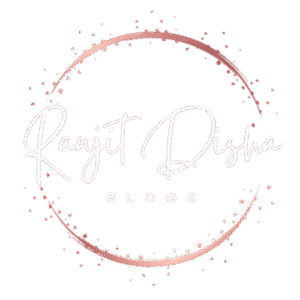Indian literature is as diverse and profound as the land itself — an intricate tapestry woven from myth, philosophy, poetry, and prose. Within this vast legacy, women have been both creators and characters, shaping stories and being shaped by them. From ancient Vedic scholars like Gargi Vachaknavi and Maitreyi to modern feminist voices like Kamala Das, Mahasweta Devi, and Arundhati Roy, the role of women in Indian literature has undergone a fascinating transformation.
This blog traces the evolution of women in Indian literature — as writers, thinkers, and symbols — exploring their journey from silence to self-expression, from marginalization to empowerment.
1. The Ancient Period: Women as Philosophers and Poets
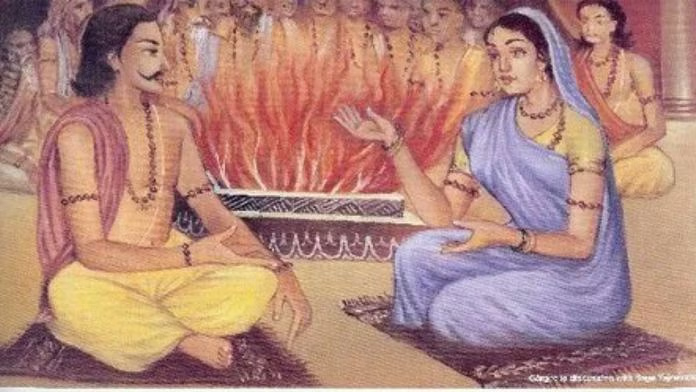
The roots of women’s literary contribution in India stretch back to the Vedic era (1500–500 BCE), when knowledge was transmitted orally, and learning was not limited by gender.
1.1 Gargi and Maitreyi: The Vedic Intellectuals
Two women stand out in early Indian philosophy — Gargi Vachaknavi and Maitreyi.
Gargi, a philosopher in King Janaka’s court, questioned sages about the nature of reality in the Brihadaranyaka Upanishad.
Maitreyi, the wife of sage Yajnavalkya, engaged in profound discussions on the immortality of the soul.
Their presence in the Upanishads marks one of the earliest records of female intellectualism anywhere in the world.
1.2 Women in Sanskrit Literature
Ancient Sanskrit literature also acknowledges female poets and scholars.
Lopamudra, the wife of sage Agastya, composed hymns in the Rigveda.
Andal, a Tamil mystic poet from the Bhakti movement, wrote verses filled with love and devotion for Lord Vishnu — reflecting both spirituality and feminine passion.
In these early centuries, women’s voices were intertwined with religion and devotion, yet they carried powerful undertones of individuality and desire.
2. The Bhakti Movement: The Rise of the Female Voice
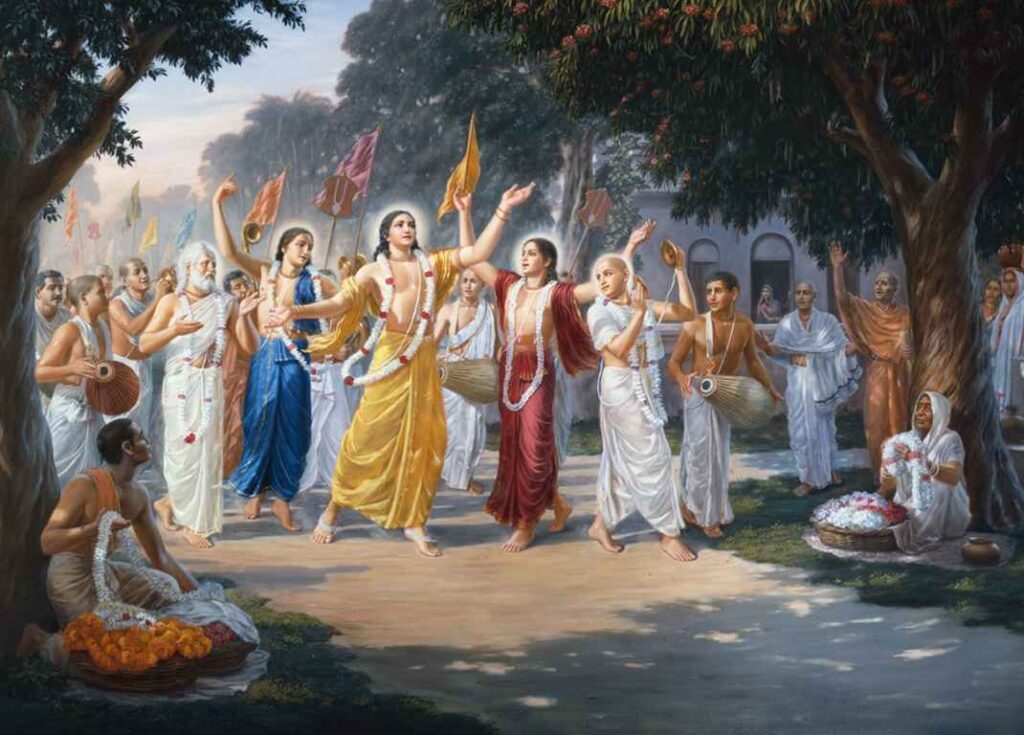
Between the 12th and 17th centuries, the Bhakti movement transformed Indian literature. It democratized spirituality — breaking caste, class, and gender barriers — and became a fertile ground for women poets and saints to express themselves freely.
2.1 Mirabai: The Voice of Rebellion and Devotion
Mirabai (1498–1547), the Rajput princess of Mewar, is one of the most celebrated Bhakti poets. Her songs of devotion to Krishna — filled with longing, defiance, and spiritual surrender — challenged the norms of her royal life.
Her poetry transcended religion and gender, symbolizing freedom of soul and voice. Mirabai’s verses, still sung across India, echo the strength of a woman who chose devotion over duty and individuality over conformity.
2.2 Akka Mahadevi and Andal: The Mystic Feminists
Akka Mahadevi, a 12th-century Kannada poet-saint, abandoned material life and expressed her spiritual experiences through Vachanas (free verse poems). Her works openly discussed female body, love, and liberation, centuries before modern feminism.
Andal (8th century Tamil Nadu), the only female Alvar saint, used devotional poetry to express her deep love for Krishna.
Both women used devotion as a language of resistance, turning spirituality into a form of self-expression and empowerment.
3. Medieval and Colonial Eras: Women Between Tradition and Transition
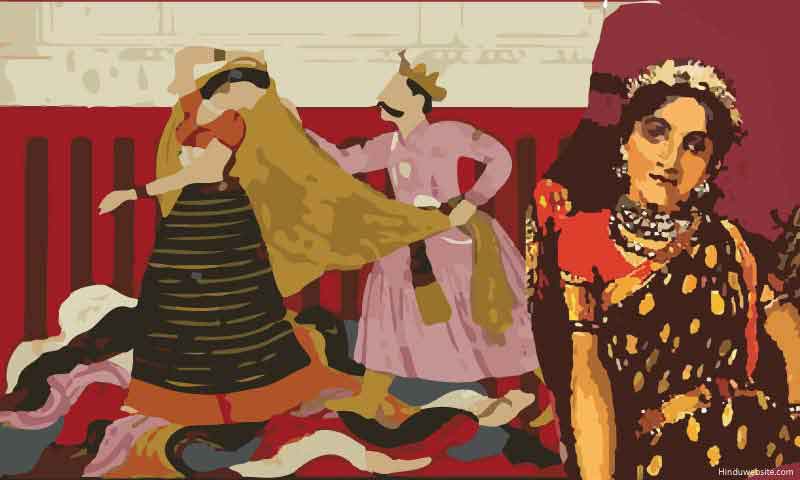
As India transitioned into the medieval and colonial periods, women’s voices in literature became more complex. Patriarchal norms tightened, yet new opportunities for education and writing emerged under colonial influence.
3.1 Early Women Writers in Regional Languages
In the Bengal Renaissance (19th century), women began to find their literary footing.
Toru Dutt (1856–1877), one of India’s earliest English-language poets, blended Indian themes with Western poetic forms in works like Ancient Ballads and Legends of Hindustan.
Pandita Ramabai (1858–1922) was both a scholar and social reformer. Her writings — like The High-Caste Hindu Woman — exposed gender inequalities and advocated for women’s education and emancipation.
3.2 The Influence of Colonial Education
The British colonial period introduced printing, schools, and the English language — all of which gave women a new medium for expression. However, most early works were still filtered through male editorial control, and women often wrote anonymously or under pseudonyms.
4. The Early 20th Century: The Age of Awakening
The freedom movement ignited a wave of social consciousness that reshaped Indian literature. Women writers began addressing not just spirituality, but identity, patriarchy, and freedom.
4.1 Progressive Writers and Nationalism
Writers like Sarojini Naidu — the “Nightingale of India” — used poetry to blend patriotism with feminine grace. Her works, including The Golden Threshold and The Broken Wing, celebrated Indian culture and womanhood.
In regional literature, authors like Subhadra Kumari Chauhan and Kamini Roy wrote about female strength and national pride, inspiring women to join the freedom struggle.
4.2 Feminine Identity in Fiction
During this time, fiction also became a tool for social commentary.
Ashapurna Devi’s trilogy — Pratham Pratisruti, Subarnalata, and Bakul Katha — depicted the struggles of Bengali women across generations.
Qurratulain Hyder and Ismat Chughtai challenged conservative norms in Urdu literature, openly writing about female sexuality and independence.
Ismat Chughtai’s bold short story Lihaaf (The Quilt) (1942) became a landmark in feminist writing, sparking debates on censorship and morality.
5. Post-Independence Era: The Feminist Renaissance
After India gained independence in 1947, the conversation around women’s identity deepened. Literature became a space to question, redefine, and reclaim womanhood.
5.1 Kamala Das: The Confessional Voice
Kamala Das (1934–2009) revolutionized Indian English poetry with her unfiltered portrayal of female emotions, desire, and identity.
Her works like My Story (autobiography) and Summer in Calcutta explored love, loneliness, and sexuality — subjects long considered taboo for women writers.
Kamala Das’s confessional style broke barriers, paving the way for later generations of bold, honest women writers.
5.2 Mahasweta Devi: Literature as Activism
Mahasweta Devi (1926–2016), a Bengali writer and activist, used fiction to voice the struggles of tribal women and marginalized communities.
Her famous story Draupadi reimagines the Mahabharata’s heroine as a revolutionary symbol — confronting power and patriarchy.
Her work exemplified how literature can be a tool of social justice and resistance, not just expression.
5.3 Anita Desai and Shashi Deshpande: The Domestic as Political
In novels like Clear Light of Day and That Long Silence, writers like Anita Desai and Shashi Deshpande explored the inner conflicts of educated, urban women. They questioned the notion of “ideal womanhood,” revealing the emotional and psychological turmoil beneath middle-class Indian life.
This period marked a shift from external struggles to inner journeys, highlighting the complexity of modern womanhood.
6. Contemporary Voices: The New Feminist Wave

In the 21st century, Indian women writers continue to redefine literature — exploring gender, identity, politics, and global perspectives with unprecedented freedom.
6.1 Arundhati Roy: Power, Politics, and Protest
Arundhati Roy’s The God of Small Things (1997) — winner of the Booker Prize — intertwines gender, caste, and social injustice.
Her fearless political essays and activism make her one of the most influential feminist voices of our time.
6.2 Jhumpa Lahiri and Chitra Banerjee Divakaruni: Diasporic Feminism
Women writers in the Indian diaspora, such as Jhumpa Lahiri and Chitra Banerjee Divakaruni, explore identity, displacement, and cultural duality. Their characters often navigate between tradition and modernity, East and West, freedom and belonging.
6.3 Emerging Feminist Voices
New writers like Meena Kandasamy, Tishani Doshi, Annie Zaidi, and Perumal Murugan’s female characters challenge patriarchy and celebrate intersectional feminism — addressing caste, sexuality, and body politics.
Through novels, poetry, and digital platforms, these voices amplify the multiplicity of Indian womanhood.
7. Women as Characters: From Sita to Draupadi to Devi
The evolution of female characters in Indian literature mirrors the journey of Indian women themselves — from passive ideals to complex individuals.
The mythological Sita represents obedience and sacrifice, but modern retellings like The Forest of Enchantments (Chitra Banerjee Divakaruni) reclaim her agency.
Draupadi, once the symbol of humiliation, becomes a voice of defiance in Mahasweta Devi’s feminist reinterpretation.
Contemporary heroines, from Rukmini in The Palace of Illusions to Bimala in Tagore’s The Home and the World, symbolize the search for identity and freedom.
This transformation reflects how literature evolves with society — reimagining women not as symbols, but as subjects of their own stories.
8. The Feminist Discourse in Indian Literature
Indian feminist writing doesn’t merely imitate Western feminism; it emerges from Indian realities — shaped by caste, religion, class, and culture.
8.1 Intersectional Feminism
Modern Indian women writers emphasize intersectionality — the idea that gender cannot be understood in isolation from caste, class, and ethnicity.
Writers like Bama and Baby Kamble from Dalit literature highlight the double marginalization faced by women in lower castes.
8.2 Language as Liberation
Women have claimed their right to express in regional languages as well as English. From Urdu and Tamil to Marathi and Assamese, each linguistic tradition carries unique feminist currents, making Indian literature a polyphonic chorus of women’s voices.
9. Digital Age and New Frontiers
Today, the rise of blogs, social media, and online publishing has given women unprecedented platforms for literary expression.
Writers like Rupi Kaur, Priya Malik, and numerous digital poets use Instagram and online journals to reach global audiences, merging poetry with activism.
This digital renaissance ensures that women’s stories — once confined to manuscripts and margins — now resonate across continents in real time.
Conclusion: The Ongoing Story of Women’s Words
From the hymns of Gargi to the fiery prose of Arundhati Roy, the story of women in Indian literature is one of courage, creativity, and constant evolution.
Women have journeyed from being muses to being makers, from mythological ideals to modern intellectuals. Their pens have chronicled devotion, rebellion, identity, and freedom — reshaping India’s literary heritage at every step.
As more women continue to write, translate, and challenge conventions, Indian literature becomes richer, more inclusive, and more truthful to the diversity of human experience.
Related posts:
 Yoga for a Stress-Free Life: An Ancient Solution for Modern Lifestyle
Yoga for a Stress-Free Life: An Ancient Solution for Modern Lifestyle
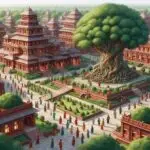 How Ancient Indian Education Systems Like Nalanda Shaped Global Learning
How Ancient Indian Education Systems Like Nalanda Shaped Global Learning
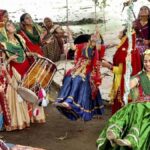 Top 10 Hariyali Teej Outfit Ideas & Mehndi Designs for Women in 2025
Top 10 Hariyali Teej Outfit Ideas & Mehndi Designs for Women in 2025
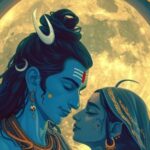 Importance of Hartalika Teej Fasting for Married and Unmarried Women in 2025
Importance of Hartalika Teej Fasting for Married and Unmarried Women in 2025
 Men vs. Women: Does Gender Matter in Workout Planning?
Men vs. Women: Does Gender Matter in Workout Planning?
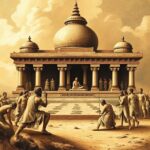 The Vedic Civilization: Myths, Facts, and Its Influence on Modern India
The Vedic Civilization: Myths, Facts, and Its Influence on Modern India
